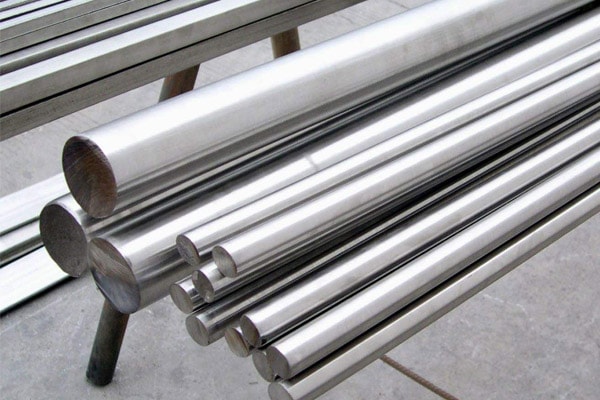Vital factors influencing the global market of stainless steel
Stainless steel has a colossal presence in almost every entity associated with humans—no wonder the great metal is ruling the global market for many years in a row. However, concerns regarding excess capacity, increased substitute market, and declining ore prices enormously impact the global stainless steel industry. Roller shutter repairs in Singapore also witness a decline in the steel market due to the causes mentioned above. This article will discuss in detail the trends that are affecting the global stainless steel market.
The consumer market of the global stainless steel industry
The major consumers of stainless steel are the construction and infrastructure industries. About an estimated 52.53% of the steel produced is used extensively in these industries. Other industries such as automotive, mechanical machinery, electrical equipment, domestic appliance industries, and metal products constitute the other half of the global steel production output.
While the construction and infrastructure industry is witnessing steady growth over the years, a few recent trends significantly affect global steel production. Here is a detailed look into the factors affecting the stainless steel market.
Trends influencing the global stainless steel market
Increased demand for scrap iron
In an attempt to reduce the carbon footprints, larger steel manufacturing countries like India and China are relying on scrap iron recycling for steel production. This eco-friendly process has been successful in terms of economic viability and reduces the need to extract iron ores. The scrap iron recycling process has greatly reduced carbon dioxide emissions, water, and energy consumption. Reduced air pollution is yet another positive impact of the recycled production method. The positive impact on the environment and the reduced global warming impact have made scrap iron steel production a preferred method for making roller shutters and other steel products.The ban on nickel ore exports is another reason for a declined patronage in the conventional steel production methods.

Growing concerns of excess steel capacity
Check Out – Apart from being the largest steel consumer globally, China is also the one that has the largest steel capacity. The steel industry adjustment policy introduced a novel economic model that helped the country achieve 80% utilization of excess capacity. However, to achieve the goal, the country had to close almost 112.5 MT of capacity while keeping the production. European nations also face a low capacity utilization necessitating the closure of their total capacity. Despite the several closures, the full capacity is still in excess, forcing top manufacturers like TATA to close loss-making plants in Europe.
Entry of pre-engineered buildings in the market
Pre-engineered buildings are a new trend in the construction industry that makes use of steel enormously. They are used to build systems and roofing and have amazing benefits over environmental conditions. PEB market is offering great growth opportunities in the automotive, warehouses, and logistics industries enormously. A large number of logistic companies have either partnered with PEB manufacturers or have their in—house production unit for the purpose. Either the case, PEB is causing a positive impact on the global steel manufacturing market.




